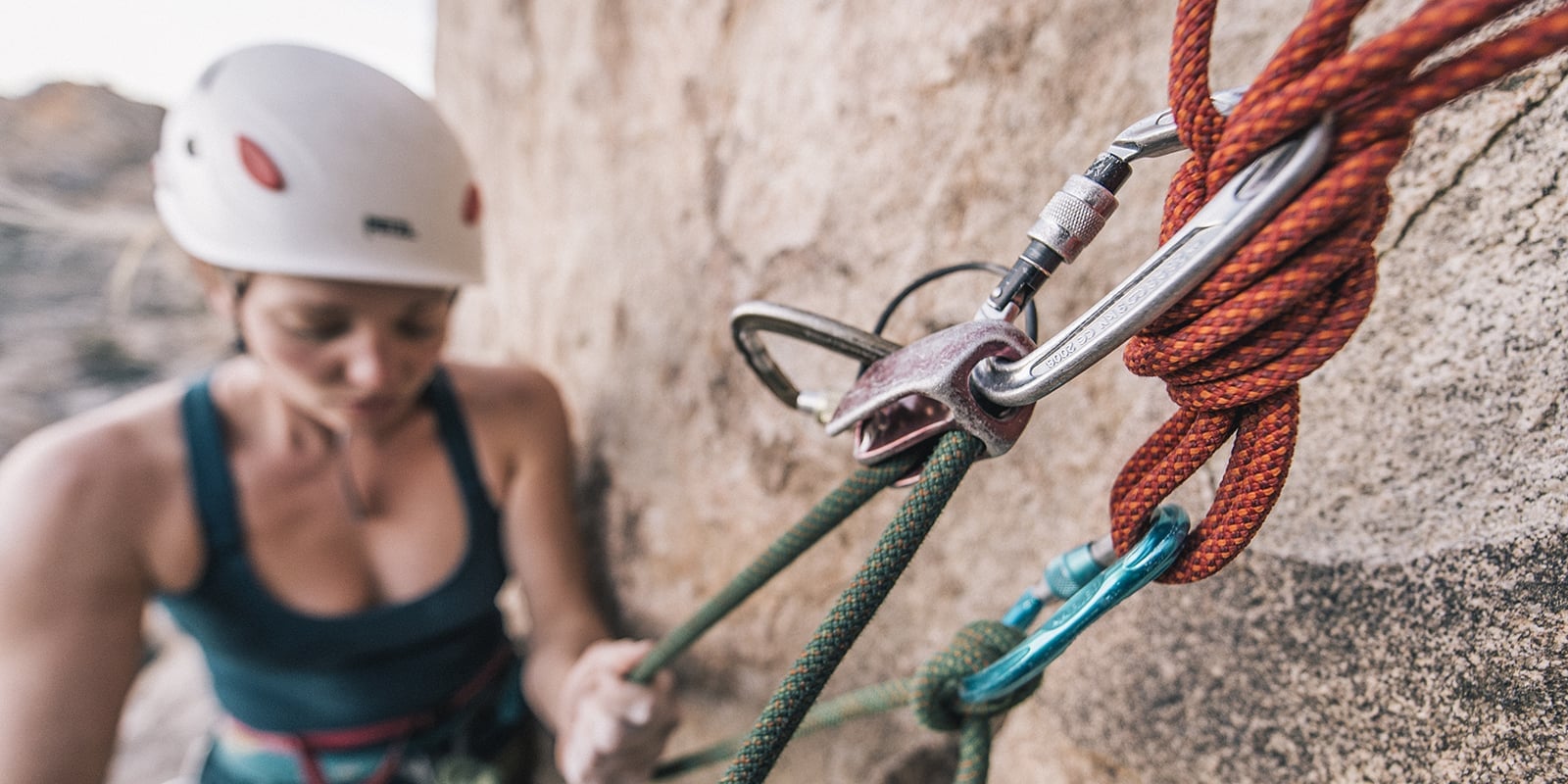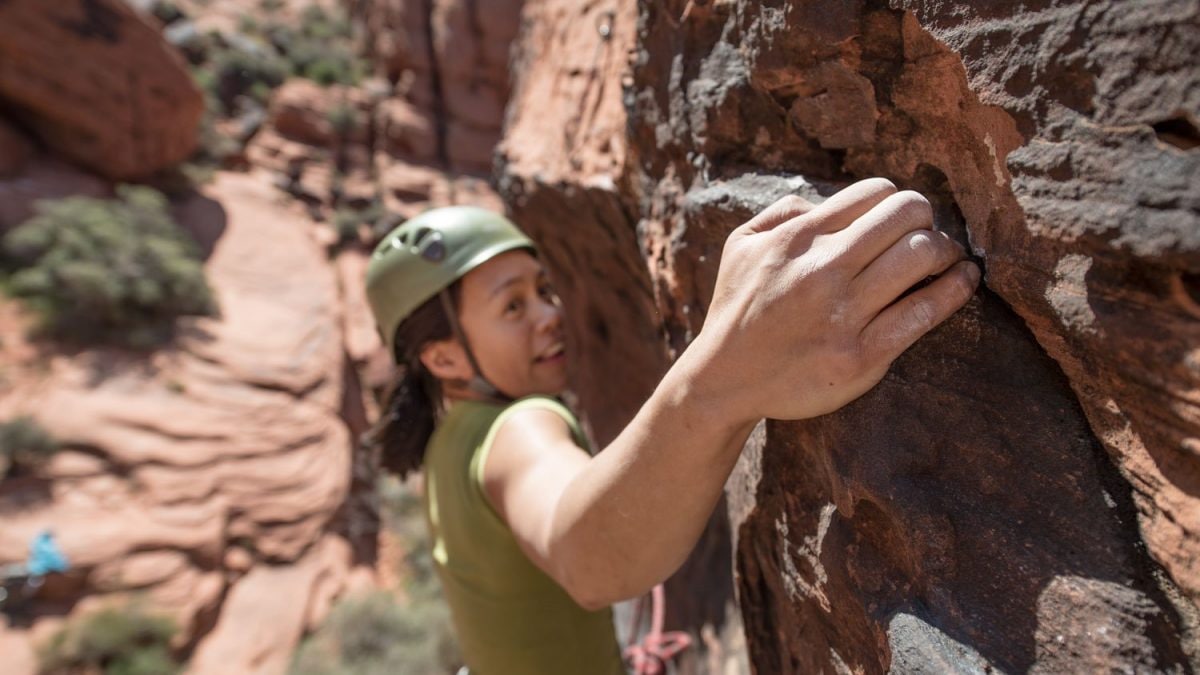
Sport Climbing
This is the most popular type of rock climbing, generally practiced outdoors but sharing some similarities with gym climbing. Unlike bouldering, the routes for sport climbing are much higher so you need to have safety equipment.
What are the five basic types of climbing and its nature
Major types of climbing: Mountaineering; Trad; Sport; Top Rope; Bouldering; Free Solo.
What are the 3 basic forms of climbing
The most common types of climbing are bouldering, top rope climbing, and lead climbing and there are climbing gyms all over the world for each of them.

What is outdoor bouldering
Bouldering is the simplest form of rock climbing, where one has to climb short but difficult “problems” while focusing less on endurance and more on technique and power.
What are the seven types of climbing
Therefore, knowledge of proper climbing techniques and use of specialized climbing equipment is necessary.
- Adaptive Climbing. Climbing for people with a variety of disabilities.
- Aid Climbing.
- Alpine Climbing.
- Artificial Wall Climbing.
- Big Wall Climbing.
- Bouldering.
What is urban climbing called
Buildering (also known as edificeering, urban climbing, structuring, skywalking, boulding, or stegophily) describes the act of climbing on the outside of buildings and other artificial structures.
What are the different classes of climbing
Grade 1: Easy glacier route. Grade 2: Not technical, but exposed to knife-edged ridges, weather, and high-altitude. Grade 3: Moderate to hard, including some technical climbing. Grade 4: Hard to difficult, with technical climbing.

What is the opposite of bouldering
Unlike bouldering, free soloing goes far above the ground on full-length routes. Friction—A style of climbing that involves few positive holds and relies on balance, footwork and weight over the feet for grip on the rock face. Friction of climbing shoes is also used.
What is bouldering vs climbing
The main difference between bouldering and rock climbing is that bouldering is done without the use of ropes and harnesses but with safety mats, while rock climbing is done with safety ropes and harnesses. Bouldering and rock climbing are two activities that require both mental and physical strength.
What is rock climbing slang
Crab—Slang for a carabiner. Crack—A fissure in a rock wall, typically used for hand- and footholds while climbing. Can be paper-thin to larger than body size. Crag—A small cliff, or the term for a climbing area. Crux—The toughest move or sequence of moves on a climb.
What is the most common type of climbing
Free climbing is the type most climbers do: climbing using your hands and feet to find handholds and footholds in order to move yourself upward on rock. It's different from free soloing in that you have a rope tied to a harness around your waist, and a belay partner holding the other end of that rope.

What is abseiling
Abseiling (sometimes referred to as rappelling) is an activity in which a person descends a rope in a controlled manner with the use of a friction device or descender. Abseiling may be used to descend a cliff face as part of a rock-climbing program or it may be practised as a separate activity.
What is a another word for climbing
verbget, stand, or go up. ascend. climb. jump. mount.
What’s the difference between abseiling and rappelling
There is no difference between abseiling and rappelling. Both words describe outdoor activities where a rope and a friction device (usually a belay device) are used to carefully descend a cliff face or vertical wall. The distinction between the term rappelling and the term abseiling comes down to cultural differences.
What is another word for abseiling
Abseiling (/ˈæbseɪl/ AB-sayl or /ˈɑːpzaɪl/ AHP-zyle; from German abseilen 'to rope down'), also known as rappelling (/ræˈpɛl/ RAP-pel or /rəˈpɛl/ rə-PELL; from French rappeler 'to recall, to pull through'), is the controlled descent of a steep slope, such as a rock face, by moving down a rope.

